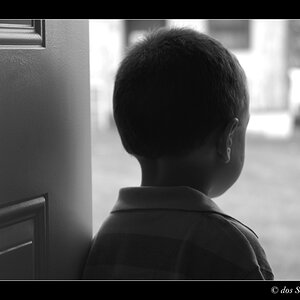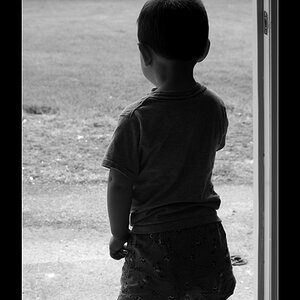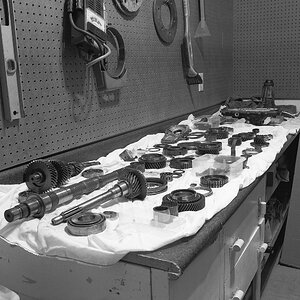Lonnie1212
No longer a newbie, moving up!
- Joined
- Sep 17, 2019
- Messages
- 439
- Reaction score
- 119
- Location
- Springfield, Illinois
- Can others edit my Photos
- Photos NOT OK to edit
Hi Folks,
I have been watching people disassemble old Nikon lenses on YouTube. I want to give it a try. But I need a smaller screwdriver set. I have a jewelers screwdriver set. But there is a screw in a 50mm Nikkor lens that is smaller than I have ever seen. Can anyone recommend a screwdriver set that would have that small of a driver? I thought I had seen about everything in the size of screws. But this one is very micro size.
Thank you,
Lonnie
I have been watching people disassemble old Nikon lenses on YouTube. I want to give it a try. But I need a smaller screwdriver set. I have a jewelers screwdriver set. But there is a screw in a 50mm Nikkor lens that is smaller than I have ever seen. Can anyone recommend a screwdriver set that would have that small of a driver? I thought I had seen about everything in the size of screws. But this one is very micro size.
Thank you,
Lonnie










![[No title]](/data/xfmg/thumbnail/39/39480-e4e26ffe5c6148262ac81eff975a5c0e.jpg?1619739047)



